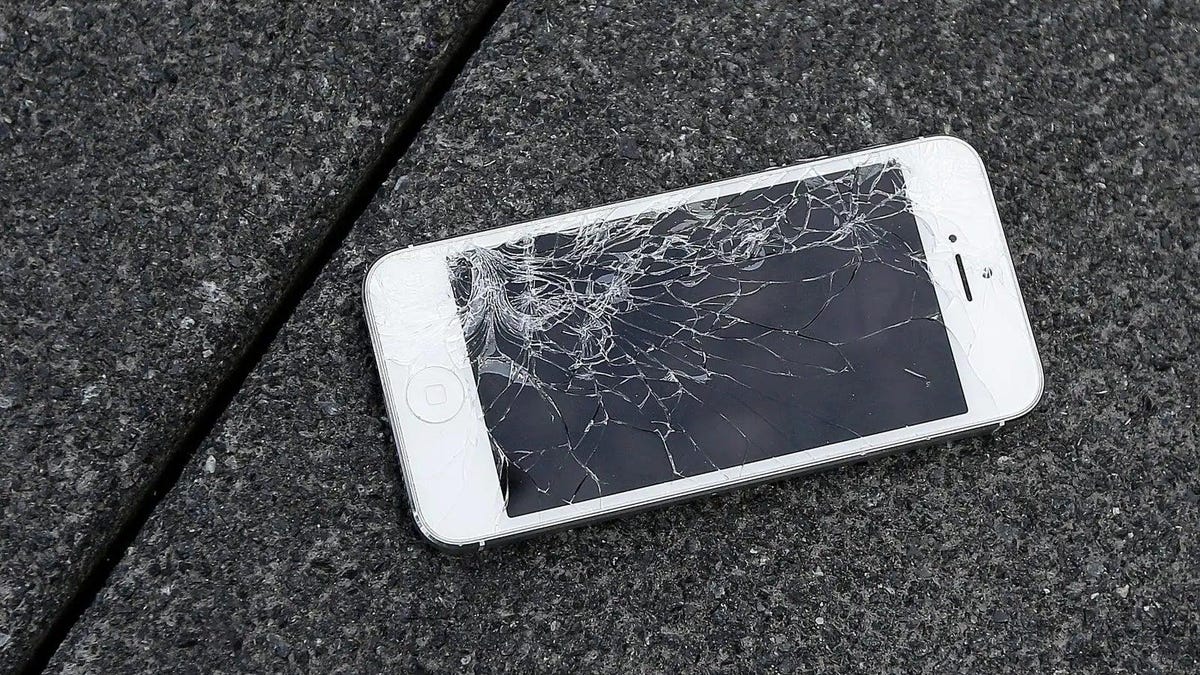
Critics on the other hand railed against last-minute changes made to the bill which they say create a number of cumbersome loopholes intended to let original equipment manufacturers off the hook in the name of privacy safety and security concerns. For starters, the new amendments no longer require original equipment manufacturers (OEMs) provide the public with any passwords, security codes or materials to override security features. Even worse, the modified bill lets OEMs give consumers “assemblies of parts,” rather than single, specific comments needed for a repair. That’s important, according to right-to-repair supporter and commentator Louis Rossmann, because those specific components are often the precise reason why consumers turn to DIY repair shops for fixes rather than flee to OEMs for more expensive repairs.
Advertisement
“This is what we’ve [right-to-repair supporters] been looking for the entire time: the ability to buy parts,” Rossman said on his YouTube channel. “Writing into the bill that you can make available an assembly anytime you say there is a risk of a user screwing something up or anything like that makes the bill functionally useless.”
The amendments, which were reportedly pushed forward by manufacturers like Microsoft and Apple and supported by the trade groups TechNet, will limit the scope of the bill to devices originally built and used or sold in New York after July 1. When it goes into effect, the bill won’t apply to electronics used in hospitals, schools, universities, and other institutions that rely on enterprise electronics.
Advertisement
“They passed a useless, piece of shit bill that does nothing,” Rossman said. “This, in my opinion, is actually worse than nothing.”
Advertisement
Still, despite all those changes, some supporters like PIRG Senior Right to Repair Campaign Director Nathan Proctor say it’s basically still a step in the right direction, if only a baby step.
“We knew it was going to be difficult to face down the biggest and wealthiest companies in the world,” Proctor said in a statement. “But, though trimmed down, a new Right to Repair law was signed. Now our work remains to strengthen this law and pass others until people have what they need to fix their stuff.”
Advertisement
Wiens of iFixit, meanwhile, expressed some confidence the New York legislature would move to address these “loopholes” and said the bill could serve as a launching point for the estimated dozens of other states currently mulling over their own right-to-repair legislations. On the federal level, President Joe Biden voiced his support for the right-to-repair moves in a 2021 executive order addressing the FTC to draft new rules meant to protect consumers’ ability to repair their equipment.
Outside of the regulatory and legislative framework, some major manufacturers are already taking their own right-to-repair concessions. In 2021, Microsoft shocked many when it announced it agreed to let customers begin repairing devices outside the company’s limited network of authorized repair shops. Around a month later, Apple—long considered the DIY repairman’s antichrist—walked back its conservative stance and said it would begin accommodating DIY repairs by selling customers parts to repair their iPhones and Macs.
Fumali – Services Marketplace – Listings, Bookings & Reviews